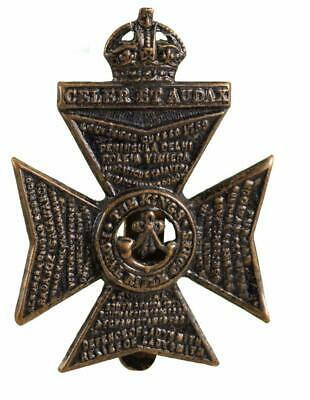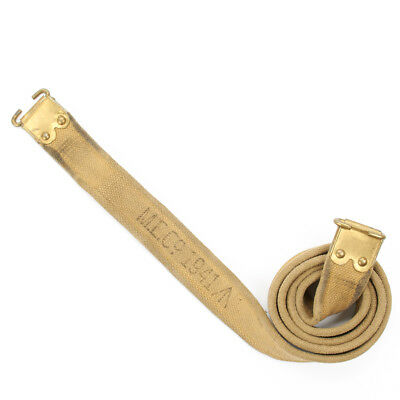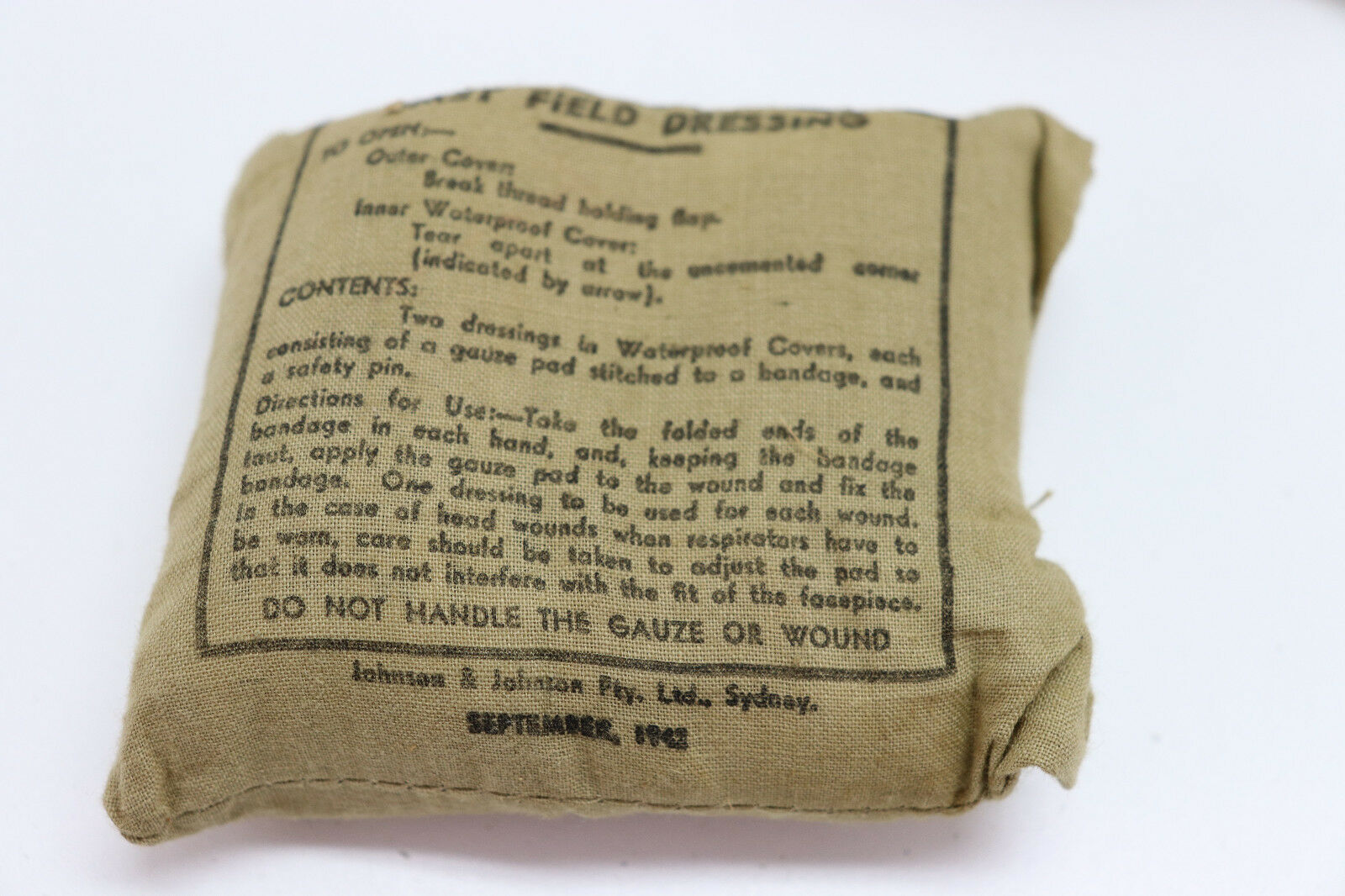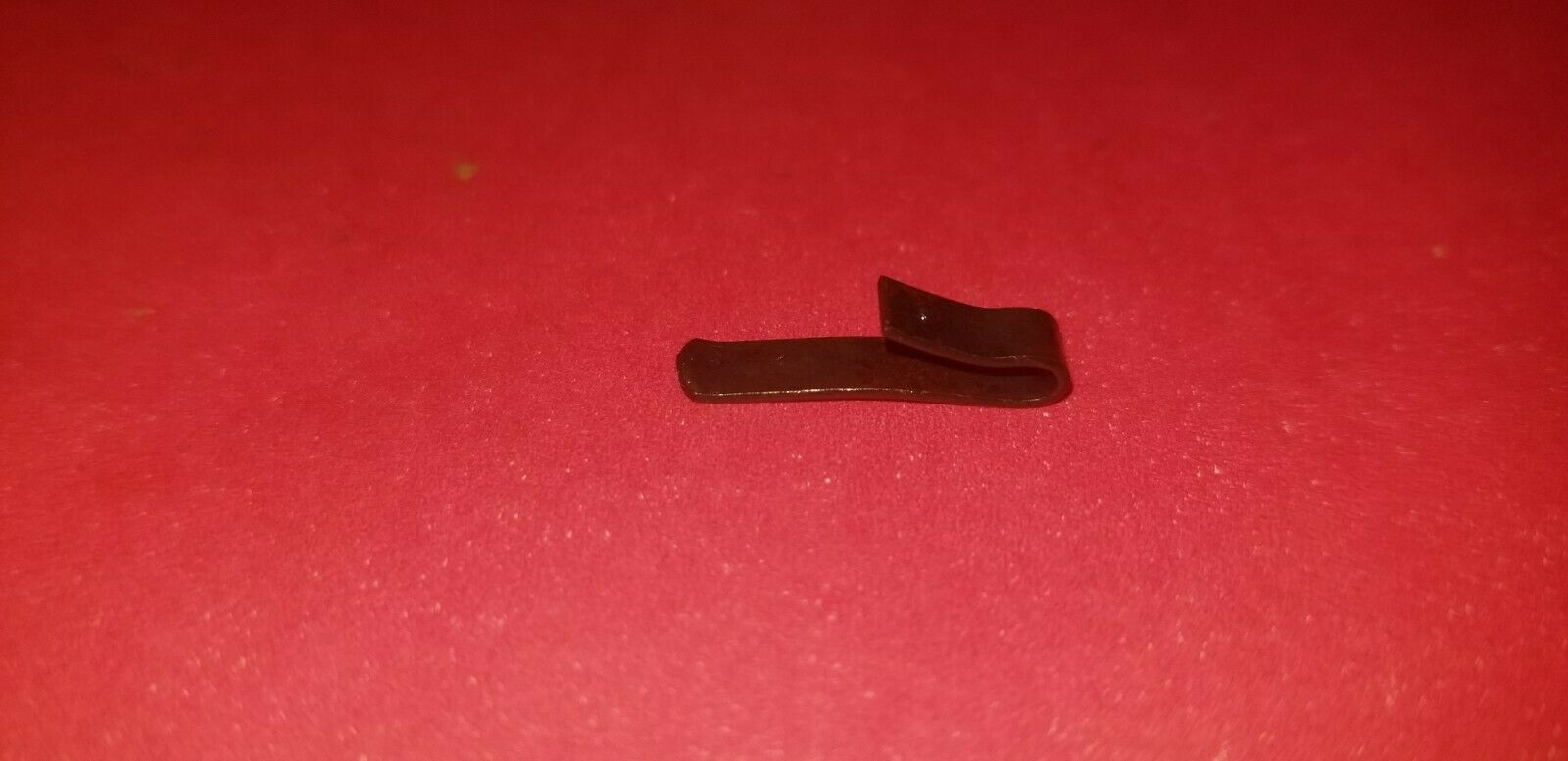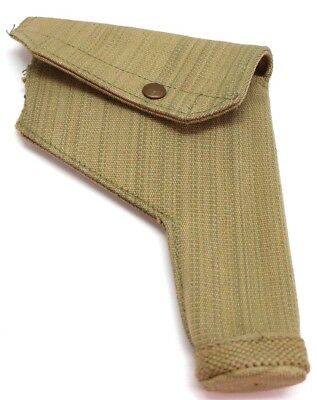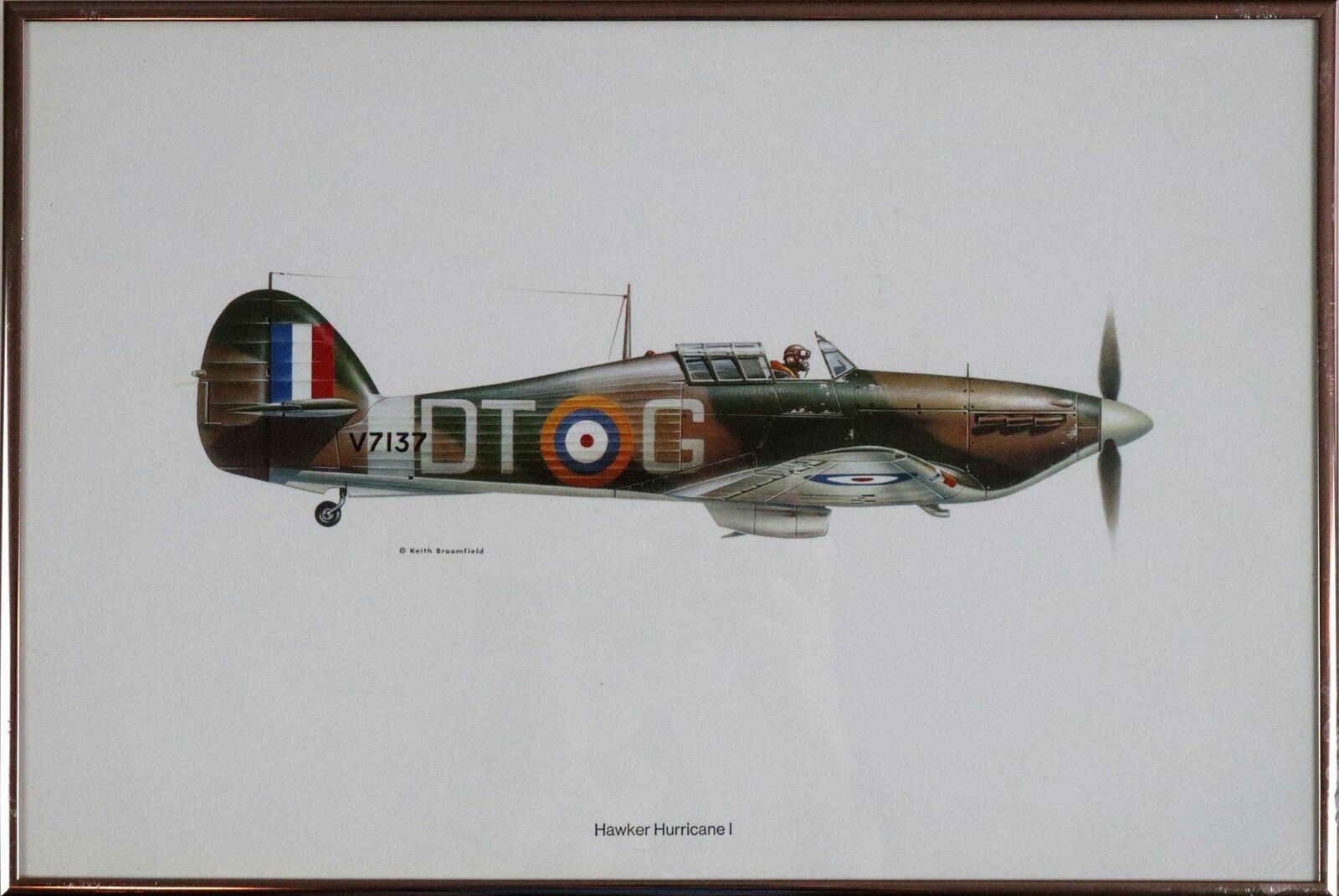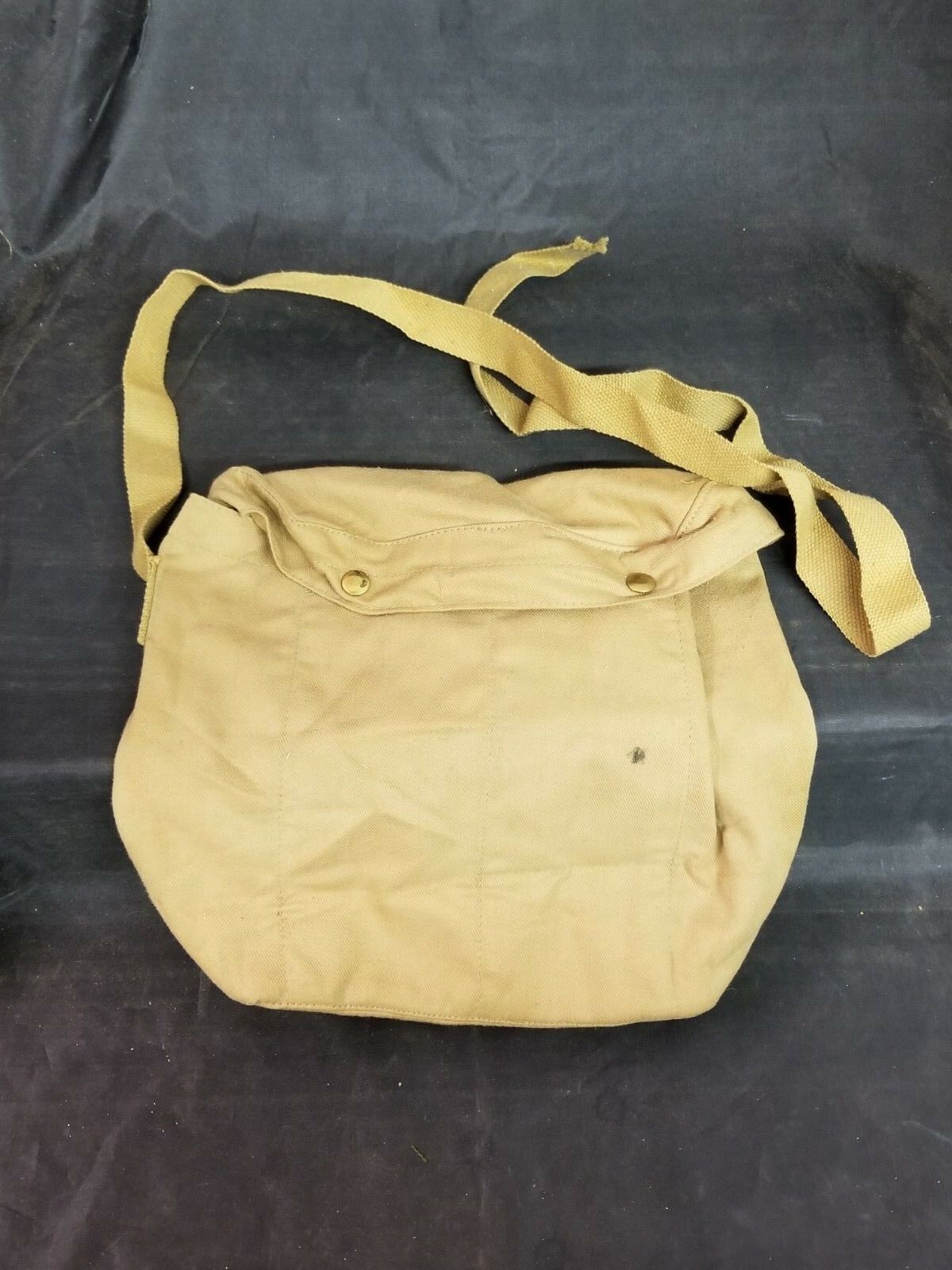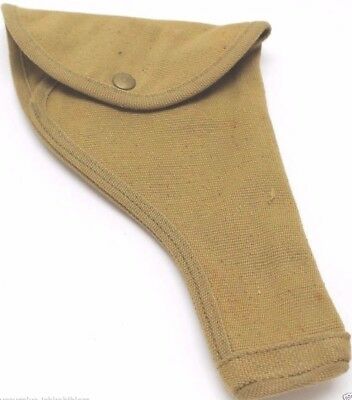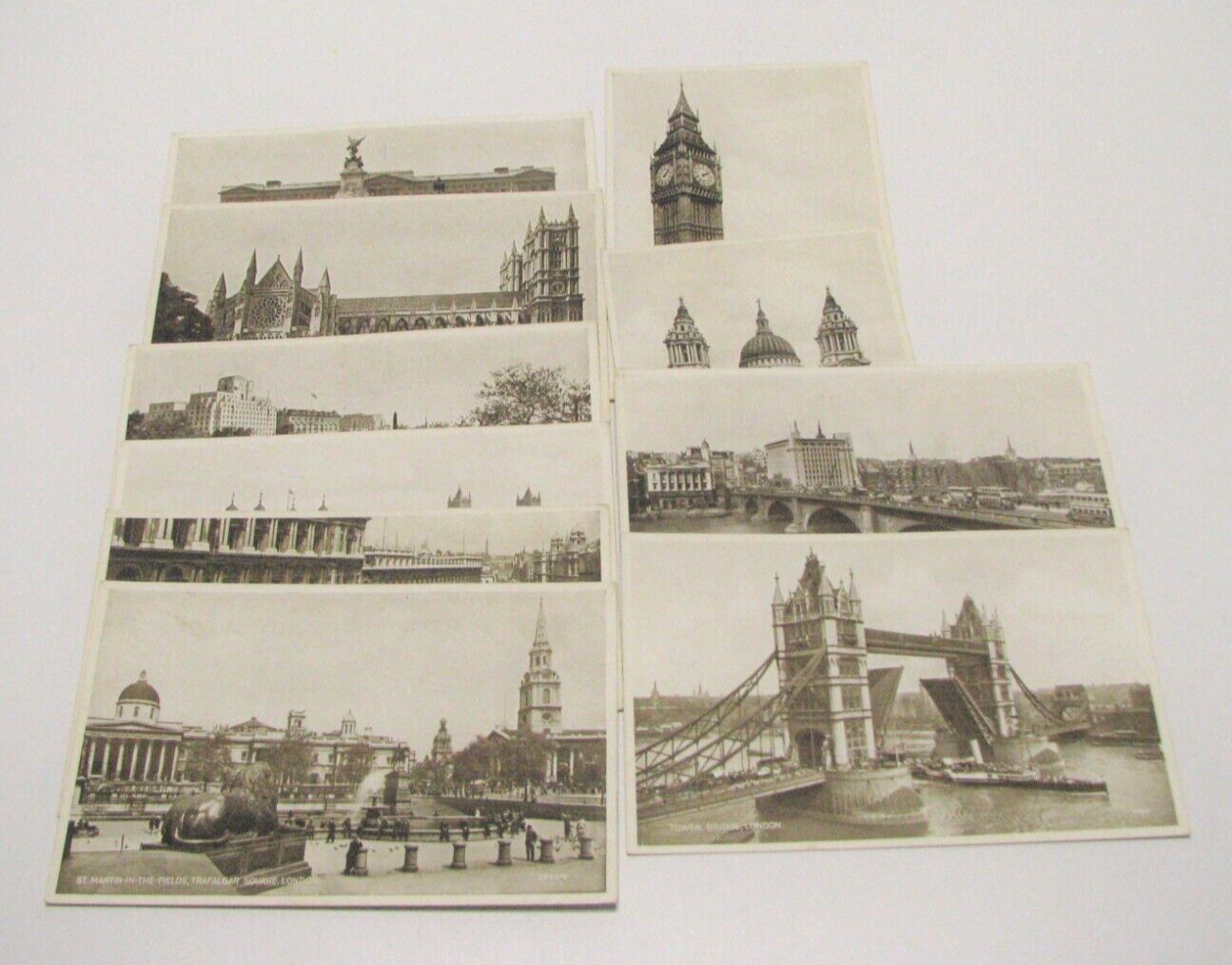-40%
GB-WWII - KING'S ROYAL RIFLES - CAP BADGE - GOOD KK2011 SEALED 1905 #989K
$ 15.04
- Description
- Size Guide
Description
GB-WWII - KING'S ROYAL RIFLES - CAP BADGE - GOOD KK2011 SEALED 1905 #989KGB-WWII - KING'S ROYAL RIFLES - CAP BADGE - GOOD KK2011 SEALED 1905 #989K
Click images to enlarge
Description
GREAT BRITAIN MILITARY COLLECTIBLES
THE SECOND WORLD WAR 1939 -1945
KING'S ROYAL RIFLES
AN INFANTRY OF THE LINE BRITISH REGIMENT O/R
CAP BADGE
REF: Biggreen: 629989K
REF WORK: - K&K V2. 2011
COMPOSITION: BLACKENED METAL
SEALED: ~13 DECEMBER 1905
SIZE: 56mm x 40mm
CONDITION: GOOD
The King's Royal Rifle Corps was a British Army infantry Regiment, originally raised in North America as the Royal Americans, and recruited from North American colonists. Later ranked as the 60th Regiment of Foot, the Regiment served for more than 200 years throughout the British Empire. In 1966 the regiment amalgamated and became the 2nd Battalion The Royal Green Jackets.
Contents [hide]
1 History
1.1 Napoleonic Wars
1.2 World War I
1.3 World War II
2 Royal Green Jackets
3 Territorial Battalions
4 Alliances
5 Titles
6 See also
7 References
8 External links
[edit]History
The King's Royal Rifle Corps was raised in the American colonies in 1756 as the 62nd (Royal American) Regiment to defend the thirteen colonies against attack by the French and their native American allies. After Braddock's defeat in 1755, Royal approval for a new regiment, as well as funds, were granted by Parliament just before Christmas 1755 – hence the regiment's traditional birthday of Christmas Day. However parliamentary delays meant it was 4 March 1756 before a special act of parliament created four battalions of 1,000 men each to include foreigners for service in the Americas.
Benjamin West's depiction of Sir William Johnson sparing Lord Dieskau's life after the Battle of Lake George. (Reportedly uniforms of soldiers in background right are of the Royal Americans)
According to a regimental history compiled in 1879 by a captain in the Kings Royal Rifle Corps, in November 1755 Parliament voted the sum of £81,000 for the purpose of raising a regiment of four battalions, each one thousand strong for service in British North America. Parliament approved “An Act to enable His Majesty to grant commissions to a certain number of foreign Protestants, who have served abroad as officers or engineers, to act and rank as officers or engineers in America only, under certain restrictions and regulations.” Earl of Loudoun, who as commander-in-chief of the Forces in North America, was appointed colonel-in-chief of the regiment. About fifty officers’ commissions were given to Germans and Swiss, and none were allowed to rise above the rank of lieutenant-colonel.[2]
According to a modern history of the regiment, the idea for creating this unique force was proposed by Jacques Prevost, a Swiss soldier and adventurer who was a friend of the Duke of Cumberland (William, who was the King's second son and was commander-in-chief of the Forces.) Prevost recognised the need for soldiers who understood forest warfare, unlike the regulars who were brought to America in 1755 by General Braddock.[3]
The regiment was intended to combine the characteristics of a colonial corps with those of a foreign legion. Swiss and German forest fighting experts, American colonists and British volunteers from other British regiments were recruited. These men were Protestants, an important consideration for fighting against the predominantly Catholic French. The officers were also recruited from Europe – not from the American colonies – and consisted of English, Scots, Irish, Dutch, Swiss and Germans. It was the first time foreign officers were commissioned as British Army officers. The total regiment consisted of 4,160 enlisted men, 101 officers and 240 non-commissioned officers. The battalions were raised on Governors Island, New York. The regiment was renumbered the 60th (Royal American) Regiment in February 1757 when the 50th (Shirley's) and 51st (Pepperel's) foot regiments were removed from the British Army roll after their surrender at Fort Oswego.[4]
Among the distinguished foreign officers given commissions in the 60th (Royal Americans) was Henri Bouquet, a Swiss citizen, whose ideas on tactics, training and man-management (including the unofficial introduction of the rifle and 'battle-dress`) would become universal in the British Army some 150 years later. Bouquet was commanding officer of the 1st battalion,[5] and with his fellow battalion commanders, set about creating units that were better suited to warfare in the forests and lakes of northeast America. The Royal Americans represented an attempt to produce a more able soldier who was encouraged to use his initiative while retaining the discipline that was noticeably lacking in the irregular units of colonial Rangers that were being raised at the same time.
The new Regiment fought at Louisbourg in 1758 and Quebec in 1759 in the campaign which finally wrested Canada from France; at Quebec it won from General James Wolfe the motto Celer et Audax (Swift and Bold). These were conventional battles on the European model, but fighting during Pontiac's Rebellion in 1763 was of a very different character. The frontier war threatened the British control of North America. The new regiment at first lost several outlying garrisons but finally proved its mastery of forest warfare under Bouquet's leadership at the victory of Bushy Run.
The 60th were uniformed and equipped in a similar manner to other British regiments with red coats and cocked hats or grenadier caps,[5] but on campaign, swords were replaced with hatchets, and coats and hats cut down for ease of movement in the woods.[5]
[edit]Napoleonic Wars
During the Napoleonic Wars the regiment saw action in the Peninsular War. The first four battalions had been raised as regular line battalions, but in 1797 a 5th battalion had been raised and equipped entirely with the Baker rifles, and wore green jackets with red facings.[5] The mixing of rifle troops and muskets proved so effective that eventually the line battalion light companies were replaced with rifle companies. The line battalions found themselves in several different theatres, including the West Indies. The rifle battalion was soon joined by a second, and these found themselves in the Peninsula with Wellington's army, serving along with the 95th Rifles, and the King's German Legion rifle units. A 7th battalion was eventually raised as a rifle battalion specifically for service in the American War of 1812.[6]
King's Royal Rifle Corps c. 1895-1914 by Harry Payne (1858–1927).
After the Napoleonic Wars the regiment received a new title: first, in 1815, its name was changed to The Duke of York's Own Rifle Corps and then, in 1830, to the King's Royal Rifle Corps (KRRC). In 1858 the Rifle Depot at Winchester was made their headquarters. During the rest of the 1800s the unit was active in China, Canada (Wolseley Expedition), Afghanistan, India, Burma and South Africa. The regiment was deployed during the Second Boer War from the outset playing a key role in the first battle at Talana Hill. Two officers from the regiment were awarded the Victoria Cross; Lieutenant Frederick Hugh Sherston Roberts and Lieutenant Llewelyn Alberic Emilius Price-Davies.
[edit]World War I
Memorial to William Henry Laverty, King's Royal Rifles, killed during WW1. St Swithun-upon-Kingsgate Church, Winchester.
In World War I the KRRC was expanded to twenty-two battalions and saw much action on the Western Front, Macedonia and Italy with sixty battle honours awarded. 12,840 men of the regiment were killed while seven members received the Victoria Cross and over 2,000 further decorations were awarded.[7]
After 1918 the unit returned to garrison duties in India, Palestine and Ireland. In 1922 the regiment was reduced from four to two battalions with the third and fourth being disbanded. In 1926 the Regiment was reorganised as one of the first mechanised infantry regiments.
[edit]World War II
In World War II after initial deployment to France as part of the BEF, the regiment lost two battalions at the defence of Calais (2nd Bn KRRC and 1st Bn the Queen Victoria's Rifles (TA)) where a Green Jacket Brigade held up the German advance to enable the evacuation of the Allied armies at Dunkirk. Redeployed to North Africa the unit began to see success, continuing with actions in Italy, Austria, Germany and in the Battle of Greece and Crete (where its 9th Battalion, The Rangers (TA), served with 1st Armoured Brigade Group). The 1st Battalion served in the 4th Armoured Brigade that failed to link up with the 1st Parachute Division at the Battle of Arnhem. Rifleman John Beeley was awarded a posthumous Victoria Cross for his actions during Operation Crusader. The regiment was awarded 41 battle honours for service in World War II. Post-war the unit was deployed in Germany.
[edit]Royal Green Jackets
In 1948, for administrative purposes the KRRC was brigaded with the Ox & Bucks Light Infantry and the Rifle Brigade to form the Green Jackets Brigade.
In 1958 the Regiment was re-titled as the 2nd Green Jackets, The King's Royal Rifle Corps, as were the two other regiments of the Green Jackets Brigade, re-titled 1st and 3rd Green Jackets respectively.
In 1966 the three regiments were amalgamated to form the three battalions of the Royal Green Jackets Regiment (RGJ).
In 1992 the 1st Battalion, Royal Green Jackets was disbanded, and the KRRC were renumbered as the 1st Battalion, with the 3rd Battalion (former Rifle Brigade) becoming the 2nd Battalion.
In 2007, the two-battalion RGJ regiment was amalgamated with the remaining Light Infantry regiments, to form the five Regular and two Territorial battalions of The Rifles.
The regiment's traditions are preserved by the 2nd Battalion, The Rifles, which is a redesignation of the 1st Battalion, Royal Green Jackets.
[edit]Territorial Battalions
Queen Victoria’s Rifles
The Rangers
The Queen's Westminsters
In World War II these territorial battalions were made formally part of the KRRC as follows:
1st Battalion Queen Victoria's Rifles – 7th Battalion KRRC
2nd Battalion Queen Victoria's Rifles – 8th Battalion KRRC
1st Battalion The Rangers – 9th Battalion KRRC
2nd Battalion The Rangers – 10th Battalion KRRC
1st Battalion The Queen's Westminsters – 11th Battalion KRRC
2nd Battalion The Queen's Westminsters – 12th Battalion KRRC
As well as the territorial battalions there were the cadet battalions. Even today the KRRC 1st Cadet Battalion still exists. The units that still survive are A Company 231 KRRC (Paddington) Rifles ACF, B Company 232 KRRC (Westminster) Rifles ACF, C Company 233 KRRC (Camden) Rifles ACF and up until recent years D Company 234 KRRC (Putney) RGJ ACF, which formed the London Oratory School RGJ ACF unit (now CCF) although they were rebadged as Irish Guards in 2010 (making them the last remaining RGJ unit and also the first Irish Guards CCF unit).
[edit]Alliances
Canada – The Queen's Own Rifles of Canada (1956–1966)
[edit]Titles
1755 - The 62nd (Royal American) Foot
1757 - renumbered The 60th (Royal American) Foot
1824 - The 60th, Duke of York's Own Rifle Corps
1830 - The 60th, The King's Royal Rifle Corps
1881 - The King's Royal Rifle Corps
1958 - redesignated 2nd Green Jackets (The King's Royal Rifle Corps)
1966 - Succeeded by 2nd Battalion, The Royal Green Jackets (The King's Royal Rifle Corps)
1968 - renamed 2nd Battalion, The Royal Green Jackets
2007 - Succeeded by 2nd Battalion, The Rifles
Payment
I ASK THAT PAYMENT BE MADE WITHIN 12 HOURS OF AUCTIONS CLOSE. UNPAID AUCTIONS ARE ELIGIBLE FOR OFFER TO THE NEXT HIGHEST BIDDER AFTER 48 HOURS WHERE APPLICABLE. INVOICES REMAINING UNPAID ARE REFERRED TO EBAY FOR SETTLEMENT BY MEANS OF A NON-PAYMENT CASE AGAINST THE BUYER.
ALL SALES PAYABLE BY PAYPAL UNLESS OTHER ARRANGEMENTS ARE MADE WITH THE EXCEPTION OF INTERNATIONAL SALES WHICH ARE PAYABLE BY PAYPAL ONLY.
Shipping
ORDERS SHIP WITHIN 4 DAYS.
CANADA POST DETERMINES SHIPPING COSTS, NOT THE SELLER!
IN LIGHT OF THE MONEY BACK GUARANTEE POLICY SECURE SHIPPING IS MANDATORY ON ITEMS OVER
I USE THE MOST COST EFFECTIVE OPTIONS AVAILABLE WITHOUT COMPROMISING THE SAFETY OF THE GOODS.
AN AMOUNT TO COVER SHIPPING AND HANDLING AS PERMITTED BY EBAY IS INCORPORATED INTO ALL SHIPPING COSTS.
Terms of Sale
Please note that all items are described to the very best of my ability and with the utmost good faith:
They are sold as is on the day of listing.
In terms of anything that "works" particularly , but not limited to electronic or photographic items no warranties are expressed or implied. I carefully and thoroughly examine all elements for evidence of fungus or blemishes and will disclose any if found
without stripping the lens
, be they photographic, binoculars or other. This is the limit and extent of the examination in this regard
.
With Regard to Militaria, badges in particular. I have spent a great deal of money on reference material and spend an inordinate amount of time on research to establish the authenticty of the offerings to the very best of my ability. I will state known flaws if I see or know about them. The world of Military collectors has a plethora of experts some more knowledgeable than others and opinions in many instances are at at odds one with another. I list in good faith and according to the best information available to me. My pictures are very clear. I make no claims and offer no guarantees beyond this.
PHOTOGRAPHY: Every effort is made to faithfully reproduce the actual colour of the article on offer, however allowances must be made in this regard particularly with regard to shades and hues. Shading and subtle differences will not be considered as justification for return of an item
.
Returns will be considered if the item radically and demonstrably differs from description and such difference/s is/are not covered by any disclaimer.
NB Electronic/Mechanical/Photographic/Watches. optical, microscopes, telescopes and binoculars.
Refund of Purchase price only
o
nce the item has been returned in the condition sent.
NO LOCAL PICK UP OF ORDERS UNDER ANY CIRCUMSTANCES
About Us
I take pride in bringing The Uncommon, The Hard to Find, The Unusual and often The Rare to the incredible eBay Market. An inordinate amount of time, effort, travel, money and an ever-growing network of suppliers have all combined to make this possible.I find, bring, research, photograph and describe a vast array of items and present them for your collecting pleasure. The small S&H fee attached to every item covers this. After five + years & my feedback nears the 6,000 mark & I have not tired, nor lost my enthusiasm for this fascinating quest and continue to derive a great deal of satisfaction from the happiness I bring my buyers. Some of the rare Military Items I have found are now housed in Museums at Klerken in Belgium and Cambrai in France as well as Museums in Italy and Canada.
Just a brief note on images: All photography is done using Pentax Equipment, Elinchrom Lighting and the experience of many years as a Professional Photographer. I am glad to share my knowledge and help others: just ask.
Images sell!
Get Supersized Images & Free Image Hosting
Create your brand with Auctiva's
Customizable Templates.
Attention Sellers - Get Templates
Image Hosting, Scheduling at Auctiva.com.
Track Page Views With
Auctiva's FREE Counter
